
Commander Abhilash Tomy
Injured sailor Abhilash Tomy has been rescued by a French fisheries patrol vessel. Tomy, a 39-year-old Indian naval commander, was injured when his yacht Thuriya capsized and dismasted in a severe Southern ocean storm on Day 82 of the Golden Globe Race.
Osiris, a French fisheries vessel reached Tomy’s dismissed boat today at 5:30 UTC. The Joint Rescue Co-ordination Centre in Canberra which co-ordinated the rescue reported: “Tomy is conscious, talking and onboard the Orisis. Australian and Indian long-range P8 Orion reconnaissance aircraft are circling overhead. Thuriya’s position is 39 32.79S and 78 3.29E
After the dismasting, Commander Tomy texted, ROLLED. DISMASTED. SEVERE BACK INJURY. CANNOT GET BACK UP. He later messaged: ACTIVATED EPIRB. CAN’T WALK. MIGHT NEED STRETCHER, and later, FEEL NUMB. CAN’T EAT OR DRINK.
The Golden Globe Race had issued a Code Red alert, requesting other boats in the area to assist Commander Tomy. Unfortunately, the closest boat in the race was Irishman’s Gregor McGuckin’s yacht Hanley Energy Endurance, which was also dismasted in the same storm.
Thuriya was dismasted about 1,900 miles southwest of Perth, Australia “at the extreme limit of immediate rescue range” according to the race organization. In addition to dismasting McGuckin’s and Tomy’s boats, the storm which was reported to pack 80 mph winds and 46-foot seas, also damaged Mark Slats‘ boat Ohopen Maverick.
Race organizers report that Gregor McGuckin, whose yacht Hanley Energy Endurance was also dismasted in the same storm last week, is making 2.2 knots towards Thuriya’s position, sailing under jury rig. The 32-year old Irishman is still 25 miles to the West and in radio contact with the reconnaissance aircraft. He is not in distress but has asked for a controlled evacuation from his yacht.
The Australian, Indian and French navies sent planes and vessels to assist. Australian authorities are sending an Anzac-class frigate, but it is expected to take four to five days to reach Tomy.
Commander Tomy’s yacht Thuriya is a replica of the boat which won the original race fifty years ago—Suhaili –under the command of (Sir) Robin Knox-Johnston.
Thanks to Alaric Bond and David Rye for contributing to this post.
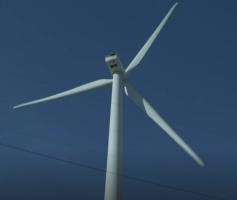 The State of New Jersey has opened the bidding on a 1,100 megawatt offshore wind project, the largest of any state in the nation. The project is the first step in meeting New Jersey’s goal to deploy 3,500 megawatts of offshore wind by 2030. New Jersey has more than a hundred oceanfront miles.
The State of New Jersey has opened the bidding on a 1,100 megawatt offshore wind project, the largest of any state in the nation. The project is the first step in meeting New Jersey’s goal to deploy 3,500 megawatts of offshore wind by 2030. New Jersey has more than a hundred oceanfront miles.
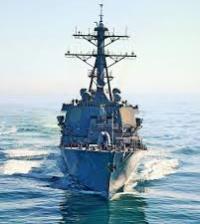 A Chinese destroyer came perilously close to the US destroyer
A Chinese destroyer came perilously close to the US destroyer 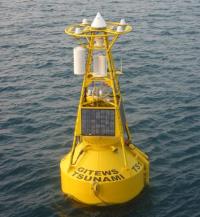 After the devastating 2004 Indian Ocean tsunami that killed nearly a quarter of a million people, the United States, Germany, and Malaysia donated an advanced tsunami warning system to Indonesia. When the city of Palu on the island of Sulawesi, Indonesia was hit by tsunami waves of up to 6 meters following the magnitude 7.5 earthquake on Friday,
After the devastating 2004 Indian Ocean tsunami that killed nearly a quarter of a million people, the United States, Germany, and Malaysia donated an advanced tsunami warning system to Indonesia. When the city of Palu on the island of Sulawesi, Indonesia was hit by tsunami waves of up to 6 meters following the magnitude 7.5 earthquake on Friday, 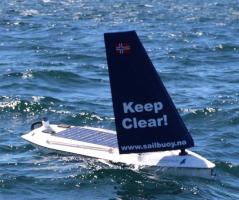 Recent reports in the media have announced that the 2-meter long robot sailboat,
Recent reports in the media have announced that the 2-meter long robot sailboat, 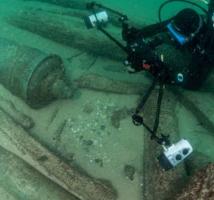
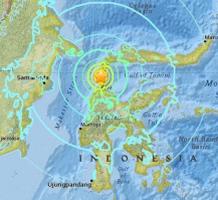 A 7.5 magnitude earthquake triggered
A 7.5 magnitude earthquake triggered  If you are kayaking and happen to get slapped in the face by a flying octopus hurled by a seal, don’t take it personally. Its probably not about you.
If you are kayaking and happen to get slapped in the face by a flying octopus hurled by a seal, don’t take it personally. Its probably not about you.

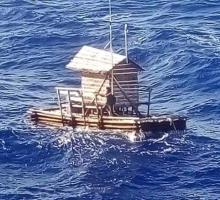 An Indonesian teenager working as a lamp keeper on a floating fish trap anchored off
An Indonesian teenager working as a lamp keeper on a floating fish trap anchored off 
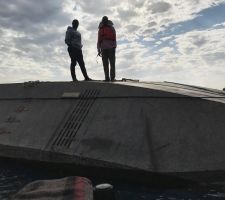 The severely overloaded ferry, MV Nyerere, capsized in Lake Victoria in Tanzania on Thursday. The current death toll stands at 209 people. Two days after the capsize, divers rescued an engineer from an apparent air pocket inside the overturned ferry.
The severely overloaded ferry, MV Nyerere, capsized in Lake Victoria in Tanzania on Thursday. The current death toll stands at 209 people. Two days after the capsize, divers rescued an engineer from an apparent air pocket inside the overturned ferry.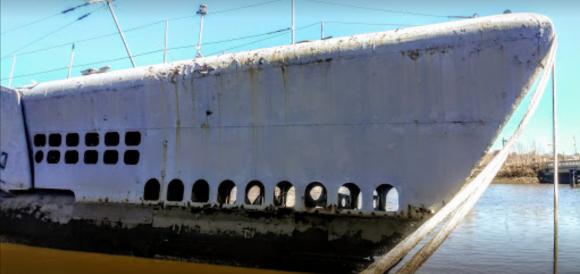
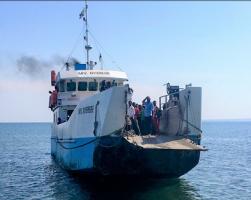 MV Nyerere, a ferry traveling from Bugolora to Ukara island in Lake Victoria, Tanzania
MV Nyerere, a ferry traveling from Bugolora to Ukara island in Lake Victoria, Tanzania 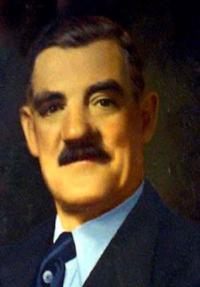
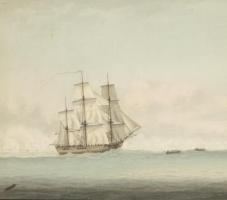

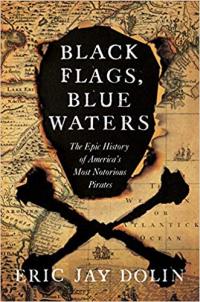 What is it about the pirates of the so-called “Golden Age” that holds our attention over the centuries? The period has been romanticized and fictionalized in books, British musicals, Hollywood movies, and cable TV shows. Where do the legend and lore end and the history begin?
What is it about the pirates of the so-called “Golden Age” that holds our attention over the centuries? The period has been romanticized and fictionalized in books, British musicals, Hollywood movies, and cable TV shows. Where do the legend and lore end and the history begin?